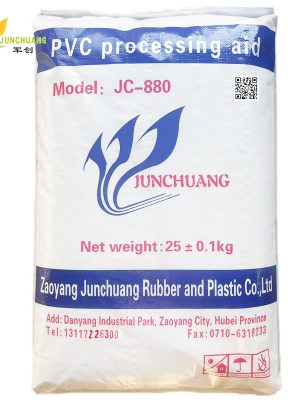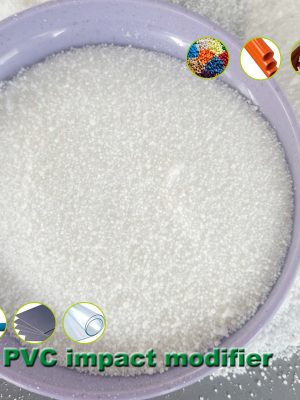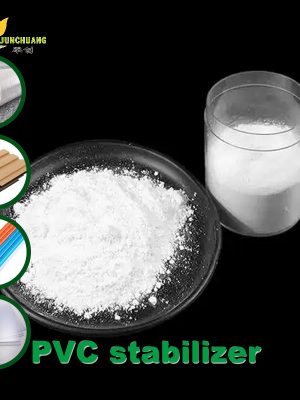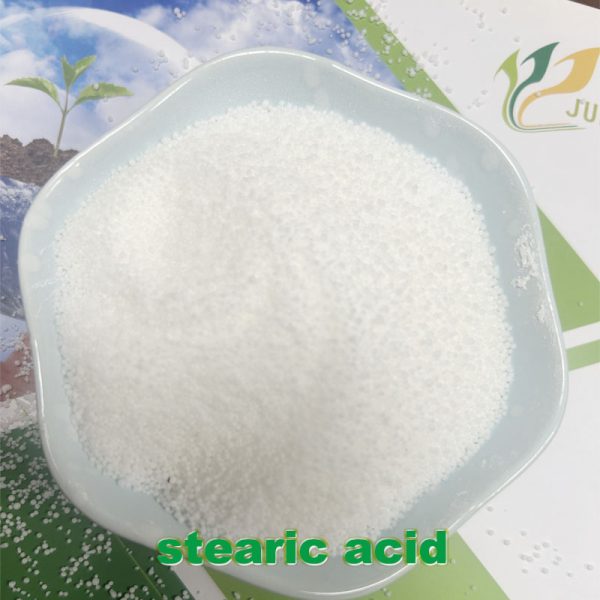
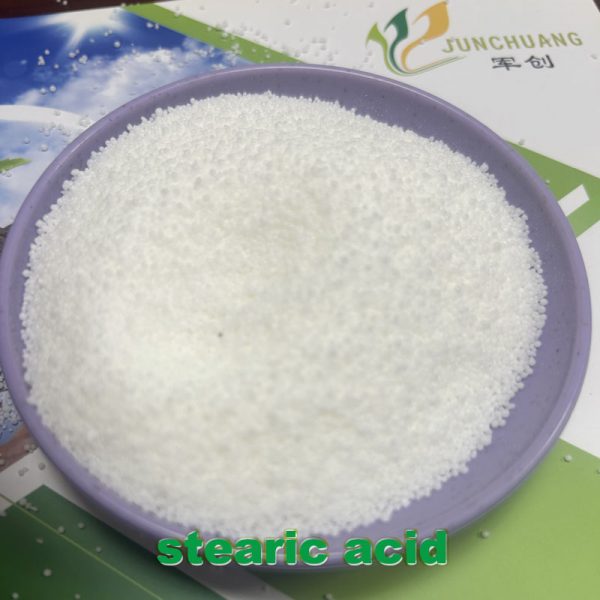
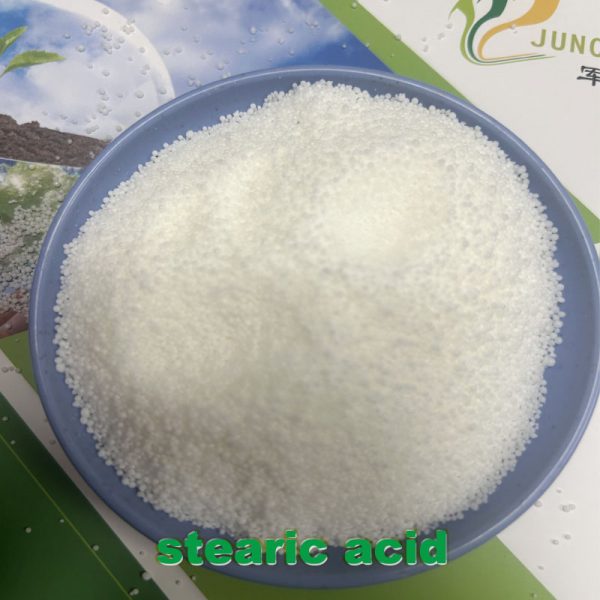
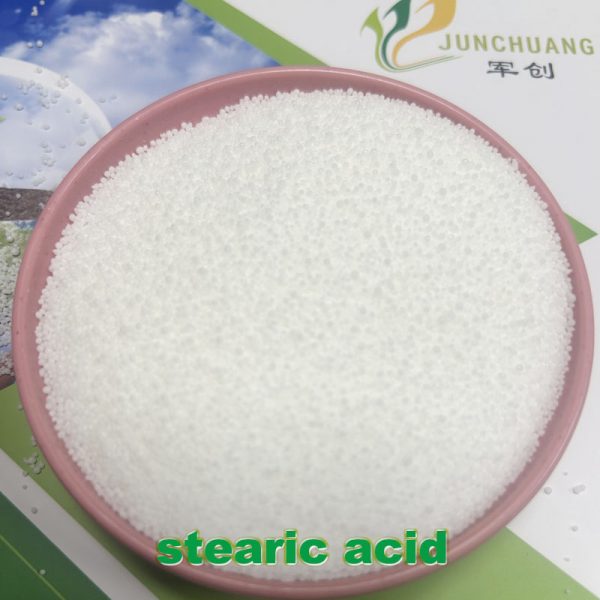
Stearic acid molecular formula C18H36O2 CAS 57-11-4
Synonyms:Octadecanoic acid; Octadecanoic acid; Octadecanoic acid; Octadecanoic acid; The order of the company; Stearic acid 800 type; Fatty acid; Hard wax acid; Hard ester acid; Octadecanoic acid; Stearic acid (octadecanoic acid); Ammonium octadecanoate; Stearic acid ammonium stearate; Stearic acid (octadecanoic acid), 90+%
Chemical formula:C18H36O2
Molecular weight:284.48
Cas number:57-11-4
EINECS:266-928-5
Melting point:67 to 72 degrees Celsius
Boiling point:361 ℃
Density:0.84 g/cm³
Flash point:>230 ℉
Refractive index:1.4299
Solubility:Insoluble in water, slightly soluble in cold ethanol, and easily soluble when heated. Slightly soluble in acetone and benzene, easily soluble in ether, chloroform, hot ethanol, carbon tetrachloride, carbon disulfide
What are the uses of stearic acid ?
Stearic acid is a compound with multiple uses, widely applied in various fields such as cosmetics, food industry, plastic manufacturing, rubber processing, and medicine. The main uses of stearic acid are as follows:
1、 Cosmetics and personal care products
Stearic acid plays an important role in cosmetics and personal care products. It is commonly used as an emulsifier to improve the stability of the mixture and prevent oil-water separation. At the same time, stearic acid can also form a protective film, effectively preventing the loss of skin moisture and providing moisturizing and hydrating effects. In addition, stearic acid also has a certain antioxidant effect, which can prevent the formation of skin wrinkles and delay skin aging. In skincare products such as snow cream and cold cream, stearic acid acts as an emulsifier, turning them into stable and white cream. Stearic acid is still the main raw material for making almond honey and milk. It should be noted that the use of stearic acid in cosmetics may cause allergic reactions, and it is recommended to undergo skin sensitivity testing.
2、 Food industry
In the food industry, stearic acid is mainly used as a raw material for lubricants, defoamers, and food additives. For example, glycerols of stearic acid, sorbitan esters of stearic acid, sucrose esters, etc. are all derivatives of stearic acid and are widely used as food additives. In addition, stearic acid can also inhibit oxidation reactions and extend the shelf life of food.
3、 Plastic manufacturing
Stearic acid is also widely used in plastic manufacturing. It is an important raw material in the manufacturing of PVC plastic pipes, sheets, profiles, and films. As a PVC heat stabilizer, it has good lubricity and good light and heat stability. In plastic PVC pipes, stearic acid helps prevent “coking” during processing. Adding it to PVC film processing is an effective heat stabilizer and can also defend against discoloration of the finished film caused by exposure to sulfides.
4、 Rubber processing
In the synthesis and processing of rubber, stearic acid also plays an important role. It is a widely used vulcanizing agent in natural rubber, synthetic rubber, and latex, and can also be used as a plasticizer and softener. Stearic acid needs to be added as an emulsifier in the production of synthetic rubber. When making foam rubber, stearic acid can be used as a foaming agent, and stearic acid can also be used as a release agent for rubber products.
5、 Other uses
Stearic acid can also be used as a solvent for oil soluble pigments, a lubricant for crayons, a polishing agent for wax paper, and an emulsifier for stearic acid glycerides. In addition, stearic acid is widely used in the production of plastic cold resistant plasticizers, release agents, stabilizers, surfactants, rubber vulcanization accelerators, waterproofing agents, polishing agents, metal soaps, metal mineral flotation agents, softeners, and organic chemicals such as pharmaceuticals.

